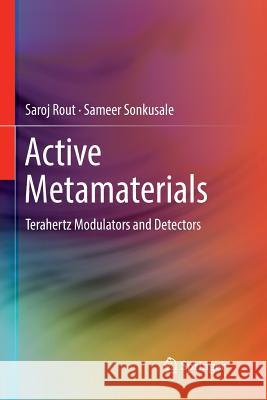Active Metamaterials: Terahertz Modulators and Detectors » książka
topmenu
Active Metamaterials: Terahertz Modulators and Detectors
ISBN-13: 9783319848525 / Angielski / Miękka / 2018 / 118 str.
Kategorie:
Kategorie BISAC:
Wydawca:
Springer
Język:
Angielski
ISBN-13:
9783319848525
Rok wydania:
2018
Wydanie:
Softcover Repri
Ilość stron:
118
Waga:
0.20 kg
Wymiary:
23.39 x 15.6 x 0.74
Oprawa:
Miękka
Wolumenów:
01
Dodatkowe informacje:
Wydanie ilustrowane











